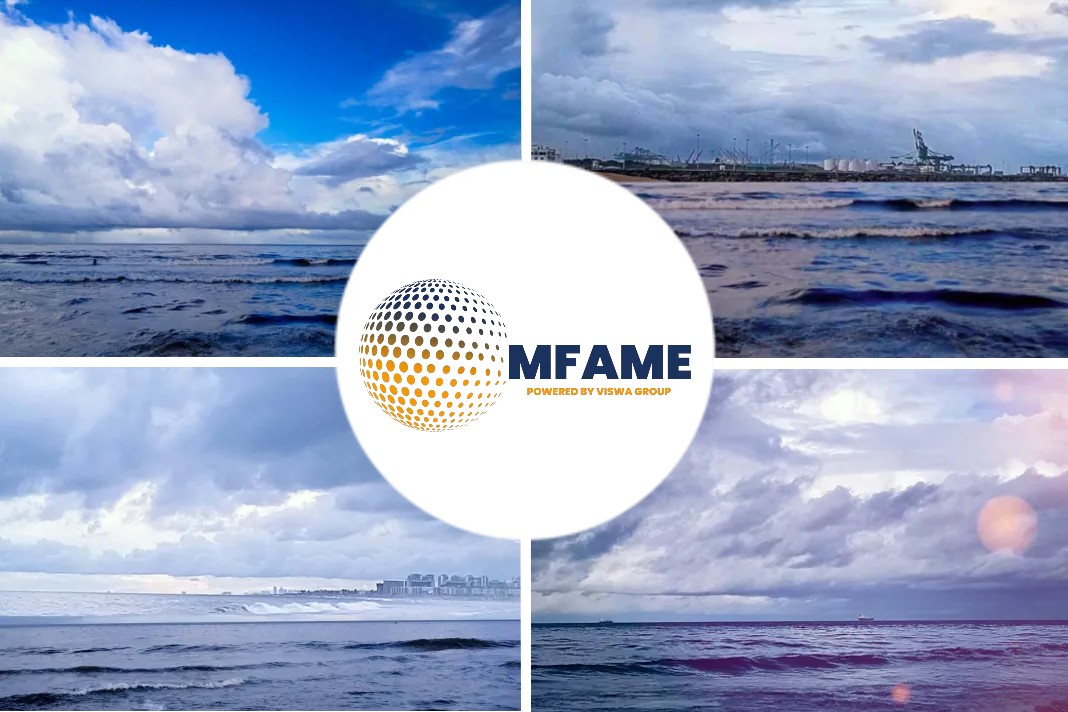- JIT Arrival Guide has been released by IMO to offer support and reduce congestion.
- It aims to provide both port and shipping sectors with practical guidance for JIT arrivals.
- It documents the findings of a series of industry roundtables.
- There are nearly 50 companies and organizations that are key stakeholders in the port call process.
- The concept is based on the ship maintaining an optimal operating speed.
- It provides facilities for berthing, fairway, and nautical services (pilots, tugs, linesmen).
A new Just In Time Arrival Guide which aims to provide both port and shipping sectors with practical guidance on how to facilitate Just In Time Arrivals has been released, says a press release published by IMO.
Low Carbon GIA
The Guide has been developed by the Global Industry Alliance to support low carbon shipping (Low Carbon GIA), based on research and discussion amongst its membership, and the Guide documents the findings of a series of industry roundtables which brought together nearly 50 companies and organizations who are key stakeholders in the port call process.
Widely recognized as a means of increasing port efficiency and port call optimization, the successful implementation of JIT Arrivals can have a significant environmental impact through reduced GHG emissions from optimizing the ship’s speed to arrive just in time. The concept is based on the ship maintaining an optimal operating speed, to arrive at the Pilot Boarding Place when the availability is assured of:
1. berth;
2. fairway; and
3. nautical services (pilots, tugs, linesmen).
Reduced congestion
Arrivals also contribute to reduced time at anchorage and therefore reduced congestion in the port area. It is estimated that ships spend up to 9% of their time waiting at anchorage, which could be reduced through the implementation of JIT Arrivals.
A holistic approach to Just In Time Arrivals
The Guide provides a holistic approach to Just In Time Arrivals, considering contractual aspects to its implementation as well as operational. The Guide is envisaged as a useful toolkit for many stakeholders including shipowners, ship operators, charterers, ship agents, shipbrokers, port authorities, terminals, nautical, and vessel service providers. All these actors ultimately play a key role in implementing the necessary changes and facilitating the exchange of communication required to realize JIT Arrivals.
Identify and develop innovative solutions
The Low Carbon GIA is a public-private partnership with the aim to identify and develop innovative solutions to address common barriers to the uptake and implementation of energy efficiency technologies and operational measures. The Low Carbon GIA was originally established under the framework of the GEF-UNDP-IMO Global Maritime Energy Efficiency Partnerships Project (GloMEEP Project), and since the conclusion of the GloMEEP Project at the end of 2019, the Low Carbon GIA has been operating under the framework of the IMO-Norway GreenVoyage2050 Project.
Did you subscribe to our daily newsletter?
It’s Free! Click here to Subscribe!
Source: IMO






















